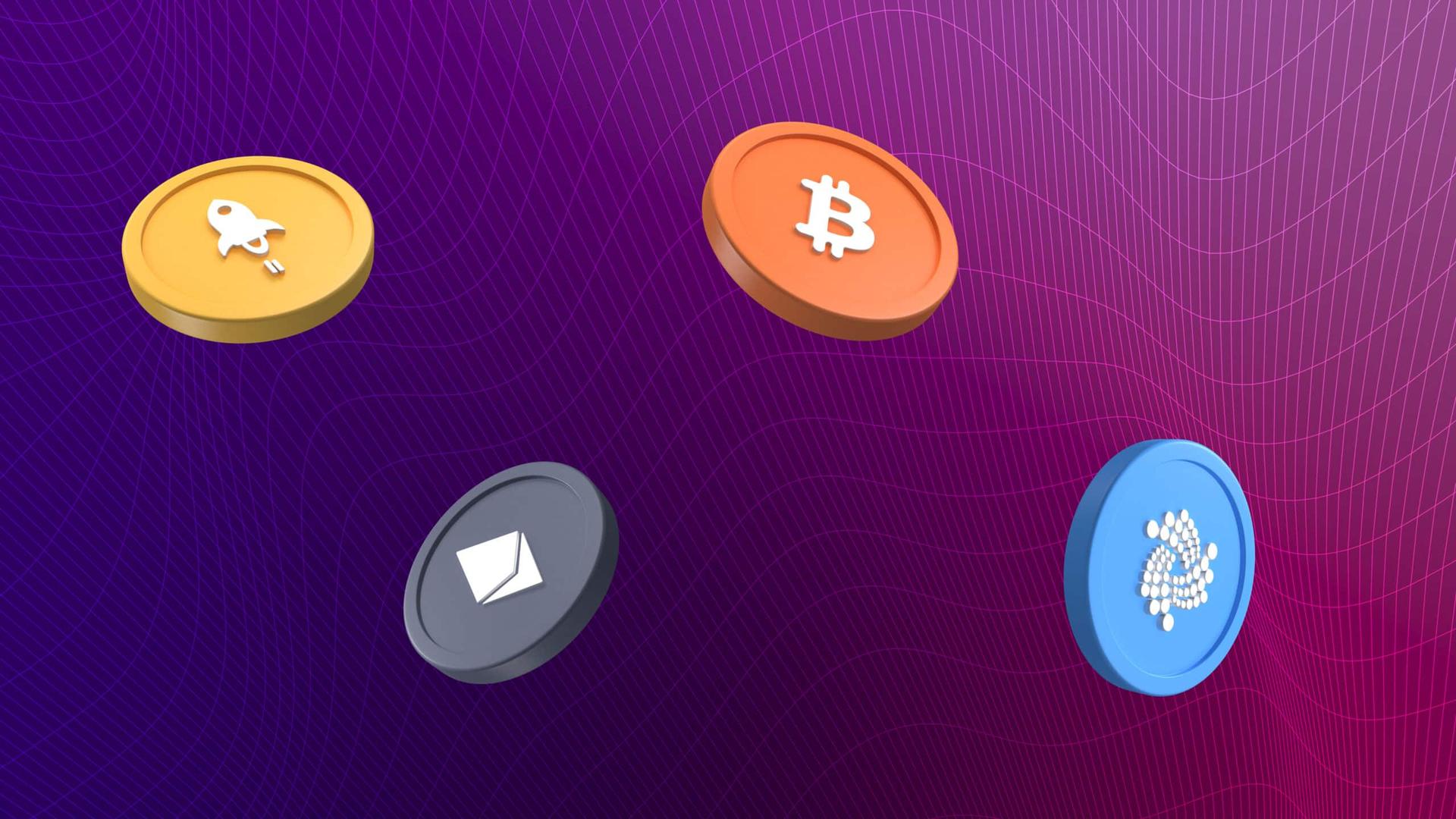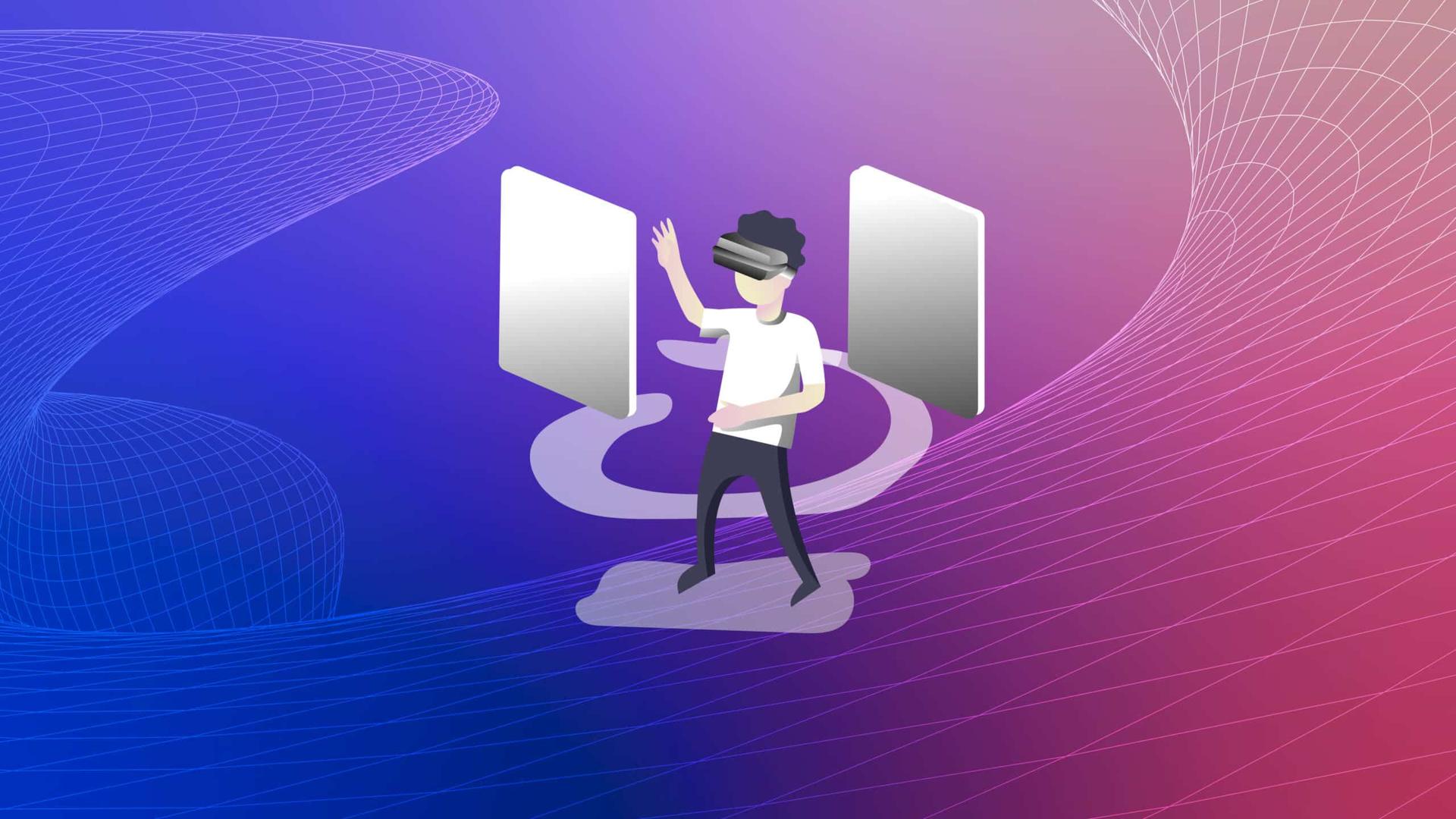Virtual Economies: Virtual Goods, Cryptocurrencies, and NFTs

The concept of virtual economies is rapidly gaining momentum, especially within the ever-expanding metaverse. As technology continues to evolve, how we interact with the digital world and trade and transact are changing.
Join Metastack in this journey as we explore the intricate web of virtual economies, virtual goods, cryptocurrencies, and NFTs, shedding light on the dynamics that drive this burgeoning ecosystem.
The Metaverse Economy
The metaverse, inspired by science fiction and now a rapidly evolving digital reality, constitutes a shared virtual space encompassing diverse virtual environments, augmented reality, and the expansive internet. A robust economy has emerged within this dynamic metaverse, characterized by its distinct rules and digital currencies.
Decentralized foundations
At the core of the virtual economies lies decentralization. Unlike traditional economies, it operates without a central governing authority. Instead, blockchain technology, smart contracts, and decentralized autonomous organizations (DAOs) manage economic interactions, reinforcing the metaverse's user autonomy and ownership principle.
Read: The Role Of Blockchain In Decentralizing The Metaverse
Virtual goods as critical assets
Virtual goods, ranging from in-game assets to digital collectibles and virtual real estate, serve as the backbone of the metaverse economy. Users invest substantial resources to acquire, trade, and enhance these digital assets, creating a dynamic marketplace where the value of virtual goods evolves.
Diverse economic horizons
Beyond gaming, the metaverse economy extends into various sectors. Industries like virtual fashion, virtual real estate, digital art, and immersive experiences have found their place, erasing the boundaries between physical and digital realms.
The virtual economies represent a paradigm shift, offering a decentralized, dynamic environment where virtual goods, metaverse cryptocurrencies, and advanced technologies redefine economic interactions.
As this digital frontier continues to expand, its influence on our daily lives and the global economy is poised to be transformative.
A Historic Timeline of Virtual Economies
The historical timeline of virtual economies traces their evolution from rudimentary digital item trading in early computer games to the complex, blockchain-powered ecosystems within today's metaverse.
1970s and 1980s: The birth of virtual worlds
Early computer games and text-based virtual worlds laid the foundation for virtual economies, introducing players to the concept of collecting digital items.
1990s: The rise of MMOs
Massive Multiplayer Online Games (MMOs) like "Ultima Online" and "EverQuest" introduced player-to-player trading of valuable in-game items.
Late 1990s to early 2000s: The birth of virtual marketplaces
Online marketplaces like eBay saw a surge in virtual item listings, blurring the lines between virtual and real-world economies.
2003: The arrival of "Second Life"
"Second Life" allowed users to create and own virtual assets with its currency, marking a significant step in virtual economies.
Late 2000s: Proliferation of virtual goods in social games
Games like "FarmVille" popularized microtransactions, allowing players to buy virtual items with real money.
2010: Emergence of cryptocurrencies and bitcoin
Bitcoin's rise sparked discussions about its role in virtual worlds, laying the groundwork for cryptocurrencies in online gaming.
The mid-2010s: Blockchain-based virtual worlds
Blockchain technology enabled unique digital assets (NFTs) in projects like Decentraland and CryptoKitties, marking a shift towards actual digital ownership.
The 2020s: The metaverse and mainstream adoption
The metaverse concept gained traction, with virtual economies, goods, and NFTs becoming integral components of the digital landscape.
As we move into the 21st century, virtual economies evolve, offering exciting prospects for innovation, trade, and digital ownership within the metaverse.

Virtual Goods: The Backbone of the Virtual Economy
Virtual goods are the lifeblood of any metaverse economy. These digital assets, items, or services hold value within the virtual realm and can take many forms. The variety of virtual goods is staggering, from in-game skins and weapons to virtual real estate and collectibles.
The allure of virtual goods lies in their ability to enhance the user experience, offer status symbols, and provide unique forms of entertainment.
Players in virtual worlds often invest time and money to acquire these digital possessions, creating a demand that fuels a thriving marketplace. As a result, virtual goods have become a primary driver of economic activity in the metaverse.
The evolution of virtual goods
Virtual goods have come a long way since their inception. In the early days of online gaming, they were simple and limited in scope. However, as technology advanced and the metaverse expanded, so did the complexity and value of virtual goods.
Now, virtual goods are often intricately designed and highly sought after. Take, for instance, the world of esports, where virtual skins and cosmetic items can fetch jaw-dropping prices on the market. These items serve as status symbols and can even be considered investments.
Cryptocurrencies in the Metaverse
Virtual economies are not confined to virtual goods; they also have digital currencies. Cryptocurrencies have seamlessly integrated into the fabric of the metaverse, offering new possibilities for commerce, trade, and financial interactions.
Read: The Intersection of Metaverse and Cryptocurrency
Metaverse cryptocurrencies: A game changer
Metaverse cryptocurrencies like Decentraland's MANA or The Sandbox's SAND have specific use cases within their virtual worlds. These cryptocurrencies allow users to buy virtual land, trade virtual goods, and even participate in the governance of these digital ecosystems.
One of the critical advantages of metaverse cryptocurrencies is their decentralized nature. A central authority does not control them, meaning users have greater control over their assets and transactions. This decentralization aligns with the core principles of the metaverse, where users value autonomy and ownership of their digital assets.
Virtual economies and traditional cryptocurrencies
Traditional cryptocurrencies like Bitcoin and Ethereum also play a significant role in the metaverse economy. They bridge the virtual and real worlds, enabling users to exchange their digital assets for real-world currency or other cryptocurrencies.
NFTs (Non-Fungible Tokens), a digital asset secured on blockchain technology, have also become integral to virtual economies.
NFTs represent ownership of unique digital items, such as artwork, collectibles, and virtual real estate. Their scarcity and ownership records are stored on the blockchain, providing transparency and security previously unseen in virtual asset ownership.

The Rise of NFTs in Virtual Economies
NFTs have taken the world by storm, and their influence extends far beyond art and collectibles. In the metaverse, NFTs are a cornerstone of virtual economies, allowing users to buy, sell, and trade unique digital assets efficiently.
Digital ownership and NFTs
One of the most significant advantages of NFTs is the concept of actual digital ownership. Unlike traditional digital assets, which are often controlled by centralized entities, NFTs grant users full ownership of their digital items. This ownership is recorded on the blockchain, ensuring transparency and authenticity.
Virtual real estate and NFTs
Virtual real estate within the metaverse is a prime example of how NFTs revolutionize digital ownership. Users can purchase virtual land through NFTs, and these parcels of digital real estate have the potential to appreciate, just like physical properties.
Virtual real estate can be developed, monetized, and traded within the metaverse, creating opportunities for entrepreneurship and investment.
NFTs and virtual goods
NFTs have also found their way into the world of virtual goods. In-game items and collectibles can now be tokenized as NFTs, allowing users to own and trade their digital possessions honestly.
This innovation has unlocked new possibilities for creators and gamers alike, as the value of virtual goods can now be determined by supply, demand, and rarity.
The Future of Virtual Economies
As virtual economies continue to evolve, the possibilities are limitless. The metaverse economy is poised to disrupt traditional financial systems and redefine the concept of ownership in the digital age. Here are some key trends and developments to watch for in the future:
Cross-metaverse compatibility
Interoperability between different metaverse platforms is a hot topic in the virtual economy space. Imagine owning a virtual item in one metaverse and using it seamlessly in another. This could open up new dimensions for virtual goods and their value.
Virtual economies beyond gaming
While gaming has been a primary driver of virtual economies, other industries are beginning to explore the possibilities. Virtual fashion, virtual concerts, and virtual real estate are just a few examples of how virtual economies extend into new territories.
Regulatory challenges
As virtual economies grow in size and significance, regulatory bodies will likely take a closer look. The legal and tax implications of virtual asset ownership and trading may become more pronounced, requiring clear guidelines and legislation.
Decentralization and user empowerment
The principles of decentralization and user empowerment will continue to shape virtual economies. As users gain more control over their digital assets, the metaverse economy will become a model for trust, ownership, and innovation.
Read: Decentralized vs. Centralized Metaverses: Pros, Cons, and Possibilities
The dynamic evolution of virtual economies in the metaverse holds vast potential as it paves the way for a new era of digital interaction and economic exchange, transcending the boundaries of traditional economies and introducing innovative concepts of ownership and value creation.

Final Thoughts
Virtual economies are at the heart of the metaverse, driving innovation and economic activity within digital realms. Virtual goods, cryptocurrencies, and NFTs are critical components of this ecosystem, offering users new ways to engage, transact, and create value.
As the metaverse continues to expand, the future of virtual economies is bright, with endless opportunities waiting to be explored and unlocked.
Check out Metastack blog to learn all about the metaverse!



